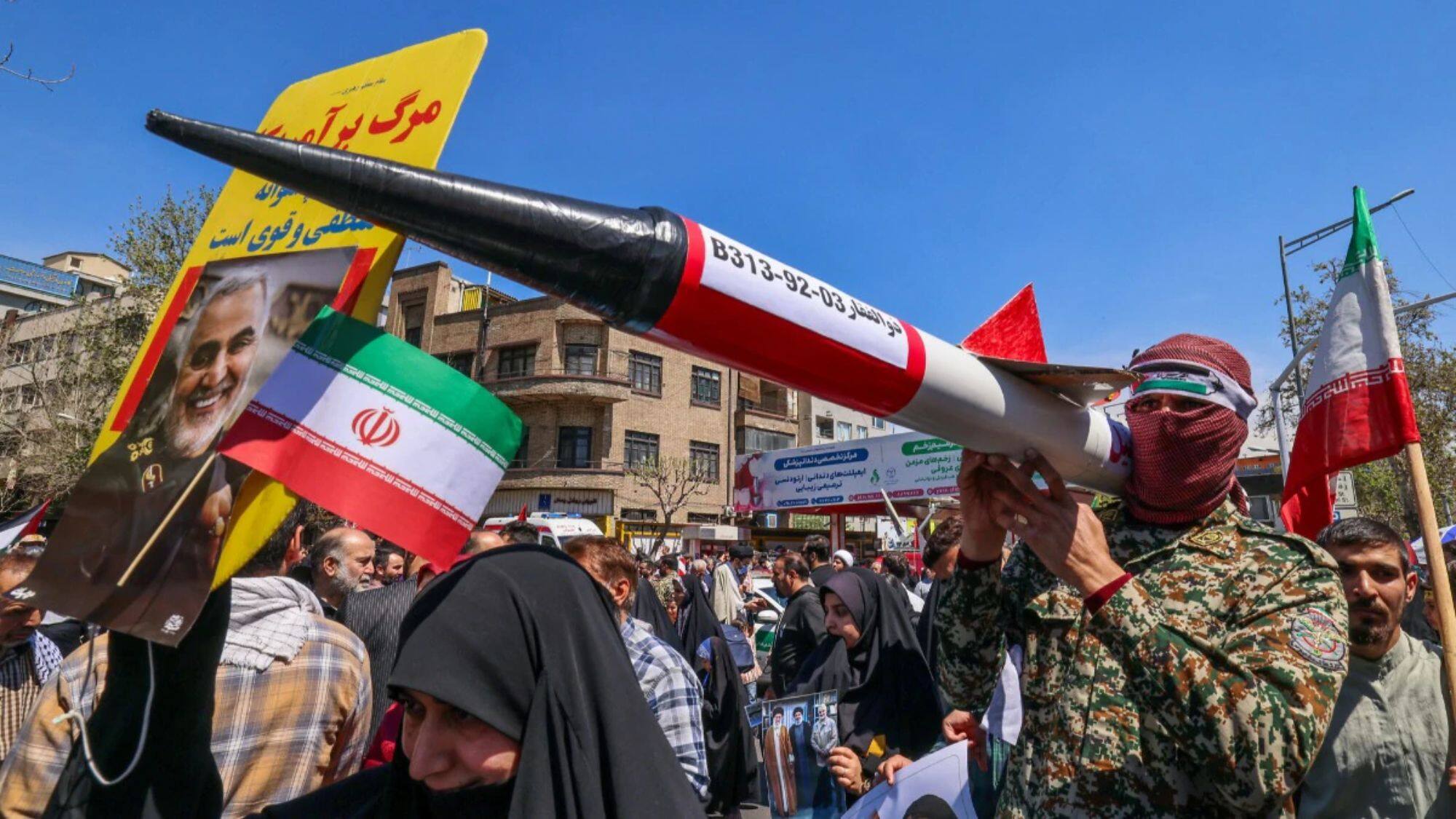In a significant escalation of hostilities in the Middle East, Iran launched its largest missile offensive against Israel late Tuesday night, firing an unprecedented 180 ballistic missiles. Although the Israeli air defense systems successfully intercepted most of these projectiles, the sheer scale of the assault marks a troubling increase in regional tensions. This incident mirrors a similar assault in April but underscores Iran’s enhanced capabilities and willingness to engage militarily.
Understanding Iran’s Ballistic Missile Capabilities
The sophistication of Iran’s missile technology has become a point of concern for Western powers and Israel. Reports by the Missile Threat Project from the Center for Strategic and International Studies (CSIS) indicate that Tehran possesses thousands of ballistic and cruise missiles that vary significantly in range and design.
While there is no definitive count on the specific types due to the secretive nature of Iran’s military, recent assessments have suggested that Iran may have more than 3,000 ballistic missiles, as reported by US Air Force General Kenneth McKenzie.
Types of Missiles Employed by Iran
The missiles launched in this latest attack included variants of the Shahab-3, an established medium-range ballistic missile that has been in service since 2003. The Shahab-3 can carry a significant warhead of between 760 to 1,200 kg and can be deployed from both mobile launchers and silos. Interestingly, the missile’s accuracy has improved with newer variants like the Ghadir and Imad, which can reportedly strike within 300 meters of their intended targets.
Moreover, Iranian reports suggest that a new missile, the Fatah-1, was also deployed in this operation. Tehran characterizes the Fatah-1 as a “hypersonic” missile, claiming it can reach speeds of Mach 5. However, analysts caution that most ballistic missiles can achieve hypersonic speeds during their descent. Notably, the Fatah-1 appears to feature a maneuverable reentry vehicle, offering a new layer of evasion against missile defense systems.
Israel’s Advanced Missile Defense Systems
Israel is renowned for its robust missile defense architecture, primarily designed to intercept various threats, from short-range rockets to longer-range ballistic missiles. At the forefront of this system is the Iron Dome, which effectively neutralizes incoming rockets and artillery.
However, the Iron Dome is only the first layer of Israel’s defense strategy. The more advanced systems, such as David’s Sling and the Arrow series, are specifically designed to handle ballistic missiles. David’s Sling can counter short- to medium-range threats, while Arrow 2 and Arrow 3 provide advanced capabilities against longer-range projectiles, with Arrow 3 designed to intercept missiles in space before they re-enter the atmosphere.
Response and International Collaboration
In response to the latest Iranian missile barrage, the US military actively engaged by firing a minimum of 12 anti-missile weapons from the Navy’s USS Cole and USS Bulkeley, which were on station in the eastern Mediterranean. This coordinated effort highlights the ongoing partnership between the US and Israel in addressing missile threats from Iran.
Conclusion
The recent missile attack by Iran on Israel not only demonstrates Iran’s growing military capabilities but also serves to escalate already high regional tensions. The resulting interplay between Iran’s ballistic missile advancements and Israel’s sophisticated defense systems will likely continue to shape the security dynamics in the Middle East. As each side enhances its military strategies, diplomatic efforts toward de-escalation remain crucial for regional stability.












